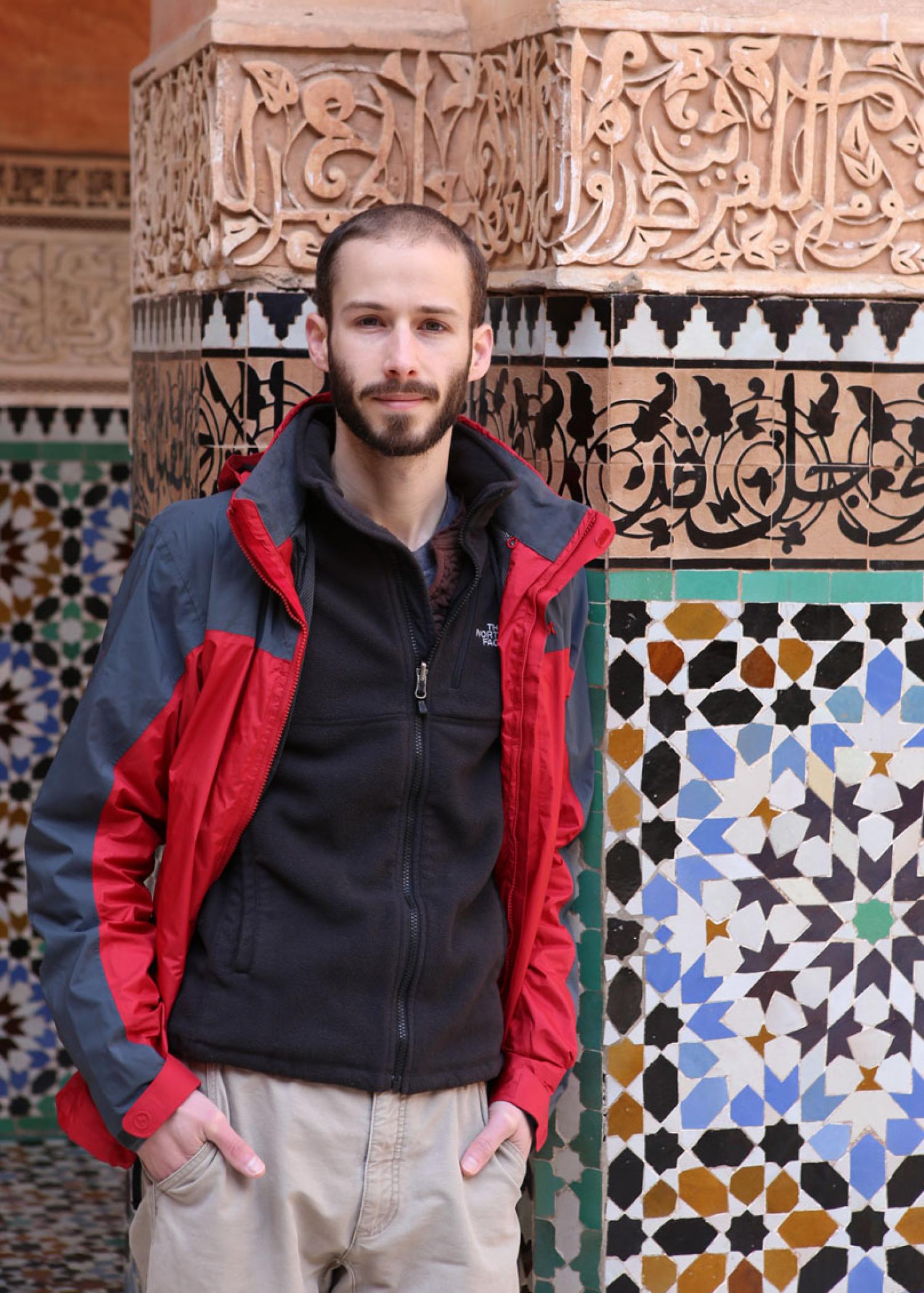Joseph Straccia
- Graduate Research Assistant
- NSF Graduate Fellow
- AEROSPACE ENGINEERING SCIENCES

Aerospace Engineering Sciences
University of Colorado
UCB 429
Boulder, CO 80309-0429
Joseph Straccia graduated magna cum laude from Washington University in St. Louis in 2008 with a B.S. in Mechanical Engineering and a minor in Aerospace Engineering. While at Wash U Joseph conducted research on the optimization of low Reynolds number airfoils for Micro Air Vehicle (MAVs) applications using CFD and a genetic algorithm. Following the completion of his undergraduate degree Joseph accepted a position with Pratt & Whitney (P&W) in the Compressor Aerodynamics group. In this role Joseph worked on the clean sheet Aerodynamic design of two high speed Low Pressure Compressors (LPCs) for the Geared Turbofan family. In his final role at P&W Joseph served as the Aero integrator and technical lead for the PW1100G LPC. While at P&W Joseph pursued a part time Master’s degree from Rensselaer Polytechnic Institute and graduated in 2012 with a ME in Mechanical Engineering. During his Master’s program Joseph conducted research investigating the interaction of tip dihedral with sweep at different tip clearance sizes on a modern, transonic, high pressure compressor rotor using CFD.
Joseph Straccia is a PhD candidate in the University of Colorado, Boulder Aerospace Engineering Sciences department and a NSF GRFP fellow. Within the Experimental Aerodynamics Laboratory, Joseph is investigating vortex dynamics in synthetic jets. The goal of his thesis is to develop actuator geometries capable of producing vortex structures that enhance re-energization of the near wall flow in a turbulent boundary layer with an eye towards active flow control. The primary measurement techniques Joseph uses include constant temperature hot-wire anemometry and Stereo Particle Image Velocimetry (SPIV). He has experience reconstructing 3D flow fields from multi-planar SPIV data and has also developed and implemented sophisticated techniques for identifying, tracking and quantifying vortex structures.


